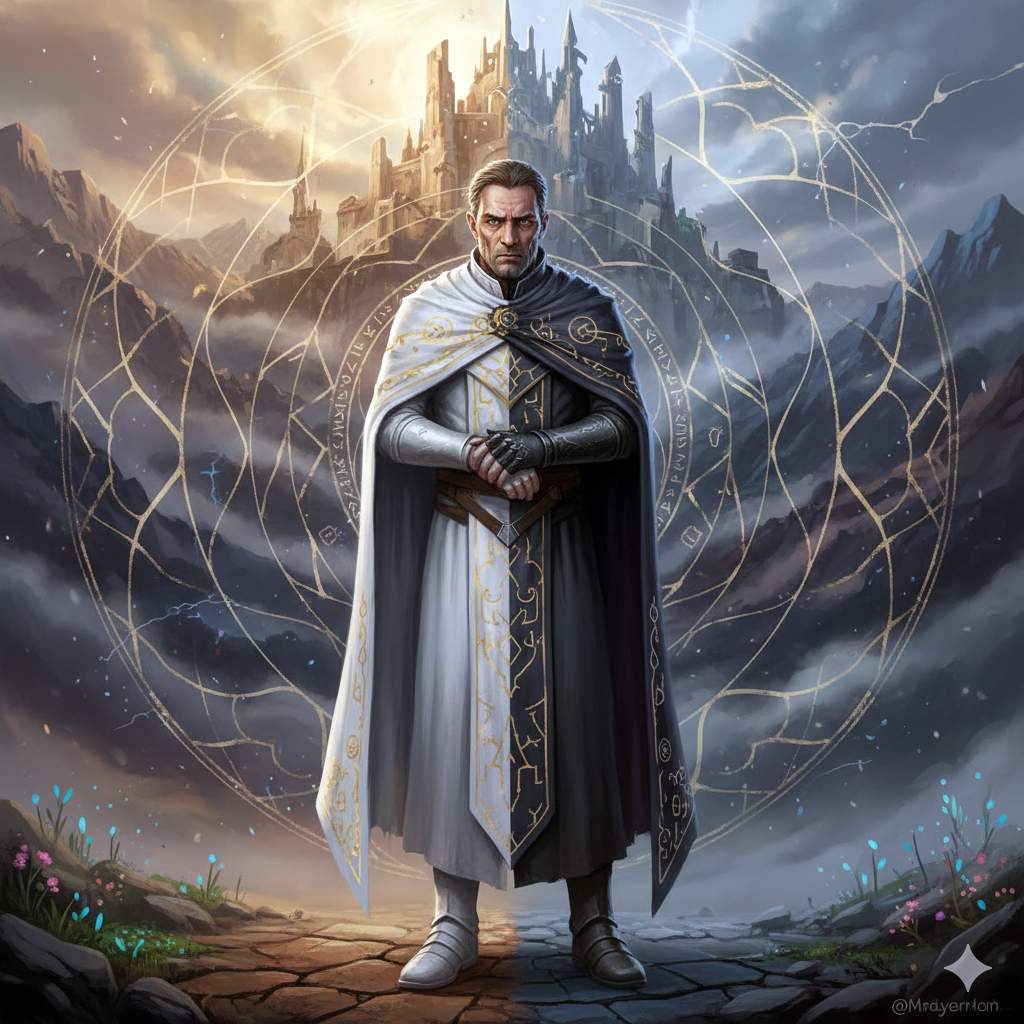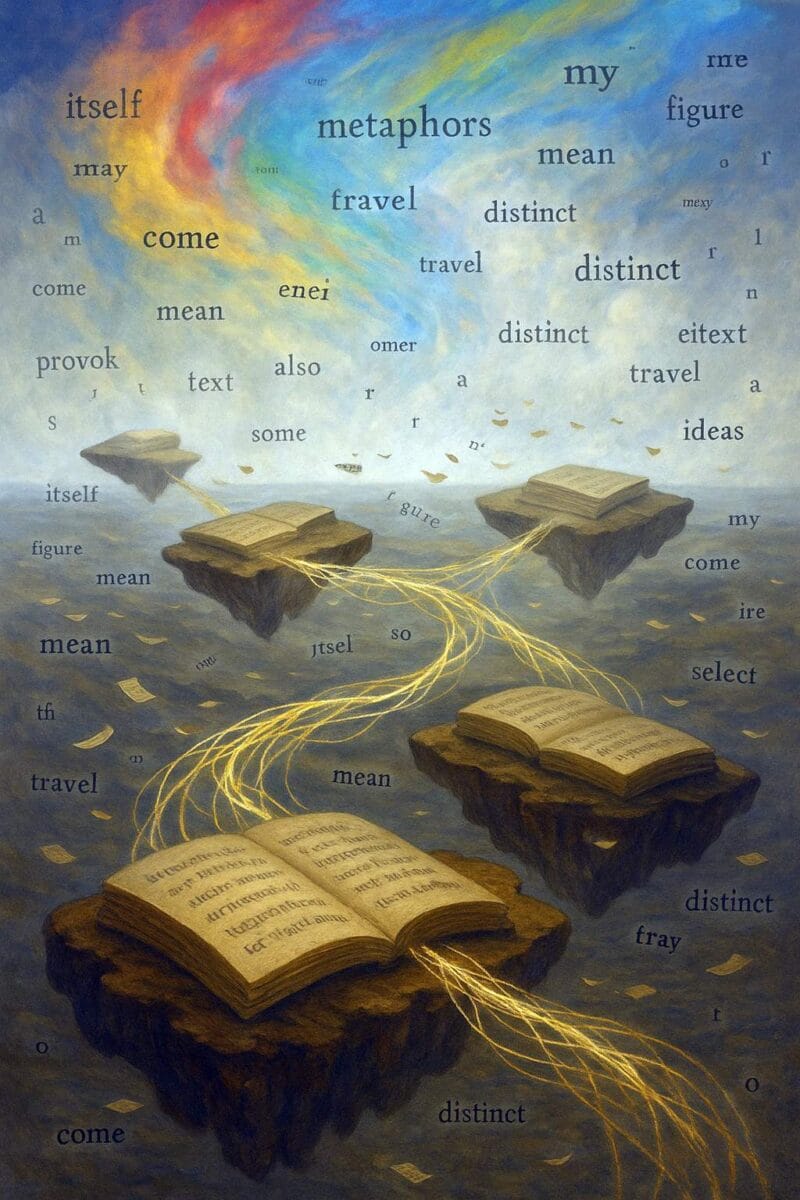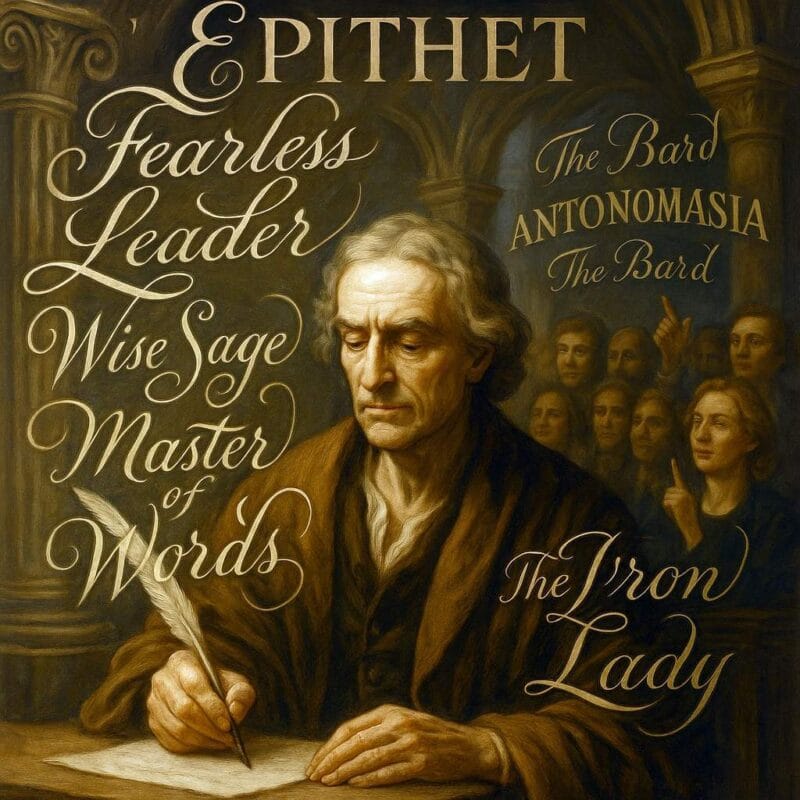The term “anti-villain” describes a character who performs antagonistic actions but is driven by motives that may be morally justifiable, sympathetic, or even noble in intention. Rather than functioning as a flat embodiment of malice, the anti-villain disrupts the traditional moral binary by introducing doubt, empathy, or conflicting ideals into the narrative. These characters often operate in tension between their principles and their methods, and this reveals how moral compromise, trauma, or ideology can produce figures who resemble villains in form but not in conviction.
Anti-Villain vs. Anti-Hero
The distinction between anti-villain and anti-hero hinges not on morality alone but on function within the plot. An anti-hero is typically a protagonist who lacks conventional heroic qualities—perhaps cynical, self-serving, or morally gray—yet remains the focal point of the reader’s attention. In contrast, an anti-villain stands in opposition to the protagonist, yet the audience is compelled to view them with understanding or, at times, admiration.
In Victor Hugo’s Les Misérables (1862), Inspector Javert exemplifies this divide. Although he occupies the role of antagonist to Jean Valjean, his actions stem from an unyielding devotion to law and order. Javert does not pursue Valjean out of cruelty or greed, but out of a belief that justice must be absolute. His undoing comes not from villainy, but from the failure of his moral framework to account for mercy.
Types of Anti-Villains
While the label “anti-villain” encompasses a range of characters, several patterns emerge across literature:
- The Idealist with Corrupt Methods: These figures possess a utopian vision or cause that they believe justifies their actions, even when those actions turn violent or authoritarian. O’Brien in George Orwell’s Nineteen Eighty-Four (1949) believes in the necessity of total control to ensure societal stability. He is methodical, intelligent, and in his own mind, not cruel—but rather fulfilling a necessary role.
- The Tragic Figure: Some anti-villains are forged by loss, betrayal, or disillusionment. Their villainy is a response, not an instinct. Captain Ahab in Herman Melville’s Moby-Dick (1851) may fall into this category. His obsessive pursuit of the white whale stems from a deep psychological wound, an internal fissure that casts him as both a tyrant and a victim of his own fixations.
- The Sympathetic Opponent: Occasionally, an anti-villain’s goals align with those of the hero, but their interpretation or execution diverges. In Alan Moore and Dave Gibbons’ Watchmen (1987), Adrian Veidt (Ozymandias) devises a plan to save the world by sacrificing millions to prevent nuclear war. The horror of his solution does not erase the logic of his argument, and this creates a character who is both repugnant and persuasive.
Anti-Villain vs. Villain: What Sets Them Apart
The conventional villain operates from motives that seek personal gain, revenge, or control with little concern for moral legitimacy. The anti-villain, however, often believes they are serving a higher good. Their conviction introduces moral ambiguity that reframes the ethical terrain of the work.
This divergence is particularly clear in Shakespeare’s Julius Caesar (1599). Marcus Brutus is technically a traitor to Caesar, joining the conspirators who assassinate him. But Brutus’s reasoning emerges from his fear that Caesar’s power threatens the republic. He remains tormented by his decision, unable to take pleasure in the act, thereby revealing a conscience not typically associated with villainy.
Narrative Function of the Anti-Villain
The anti-villain complicates the protagonist’s path through opposition, and also through ethical entanglement. Their presence forces protagonists and readers to confront competing versions of justice, duty, and loyalty. In Fyodor Dostoevsky’s Crime and Punishment (1866), Porfiry Petrovich functions as a quasi-antagonist to Raskolnikov. Though he pursues him, Porfiry’s method blends psychological insight with compassion. This destabilizes the typical role of the adversary.
Additionally, anti-villains serve as distorted mirrors of the hero, and this intensifies thematic exploration. In Mary Shelley’s Frankenstein (1818), Victor Frankenstein’s creature becomes a persecuted figure whose violence is born solely from abandonment and isolation, not from innate evil. He haunts Victor not just physically but morally. This demonstrates the consequences of ambition without accountability.
The Role of Empathy in Anti-Villain Construction
Empathy plays a central role in how these characters are framed. Writers deliberately construct backstories, motives, and internal conflicts that render anti-villains understandable, even when their actions are not condoned. Their moral struggle is often foregrounded, thus emphasizing psychological realism over caricature.
In Toni Morrison’s Beloved (1987), Sethe commits an act that could be classified as villainous—killing her child to prevent her from returning to slavery. Yet the novel accords full significance to her historical trauma and the impossibility of moral clarity under dehumanizing conditions. Sethe cannot be flattened into the role of a villain. She is instead held in the tension between horror and love, freedom and despair.
The Anti-Villain as a Reflection of Moral Schism
The anti-villain does not function simply as a variation of the antagonist. Rather, this figure embodies a deeper division within the moral order of the text. By inhabiting the space where noble intent and destructive action intersect, the anti-villain calls attention to how virtue can yield to strain. These characters reveal that justice, loyalty, and conviction are not static values but positions vulnerable to distortion, especially when filtered through trauma, ideology, or absolutism.
The presence of an anti-villain in a narrative transforms its ethical structure. It compels both the protagonist and the reader to scrutinize not just the opposition, but also the reasons behind it. Each confrontation becomes more than a battle of good and evil; it becomes a reckoning with irreconcilable worldviews, each internally coherent yet mutually incompatible. This generates a form of conflict that sharpens rather than simplifies. It expands the scope of literary antagonism beyond villainy and into the domain of moral consequence.
Further Reading
Anti-Villains, Category page on Fandom
Can you give some examples of anti-villains and villains in literature? on Quora
Anti-Villains (I’m interested in your opinions) on Reddit
Anti Villain Books on Goodreads




